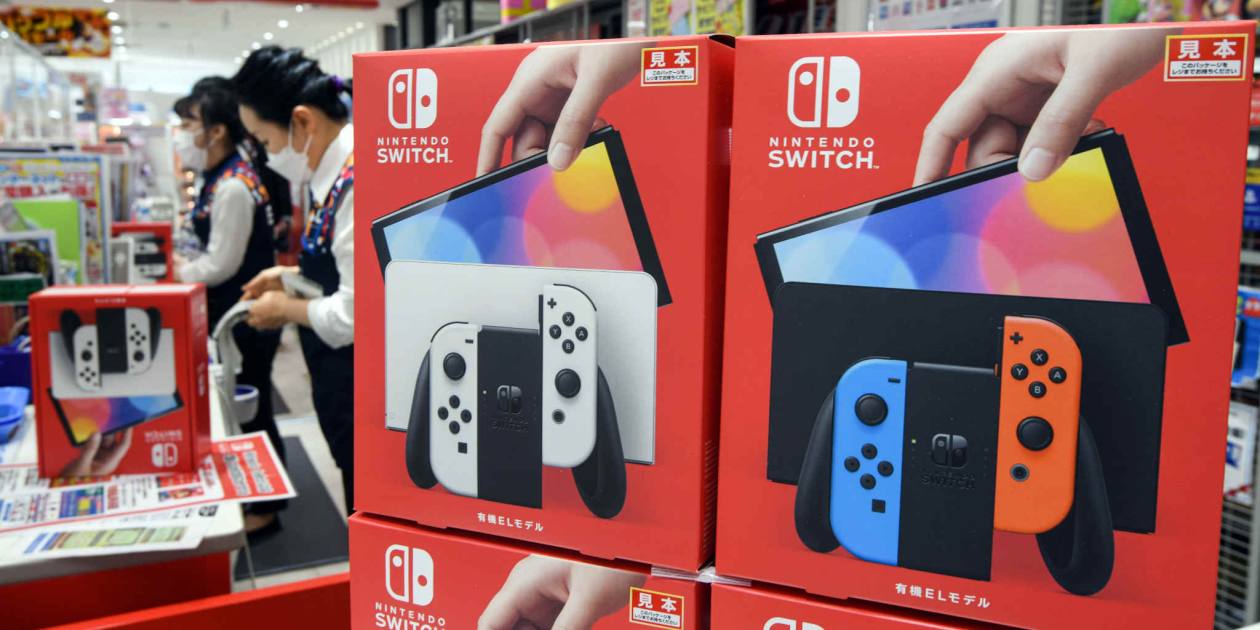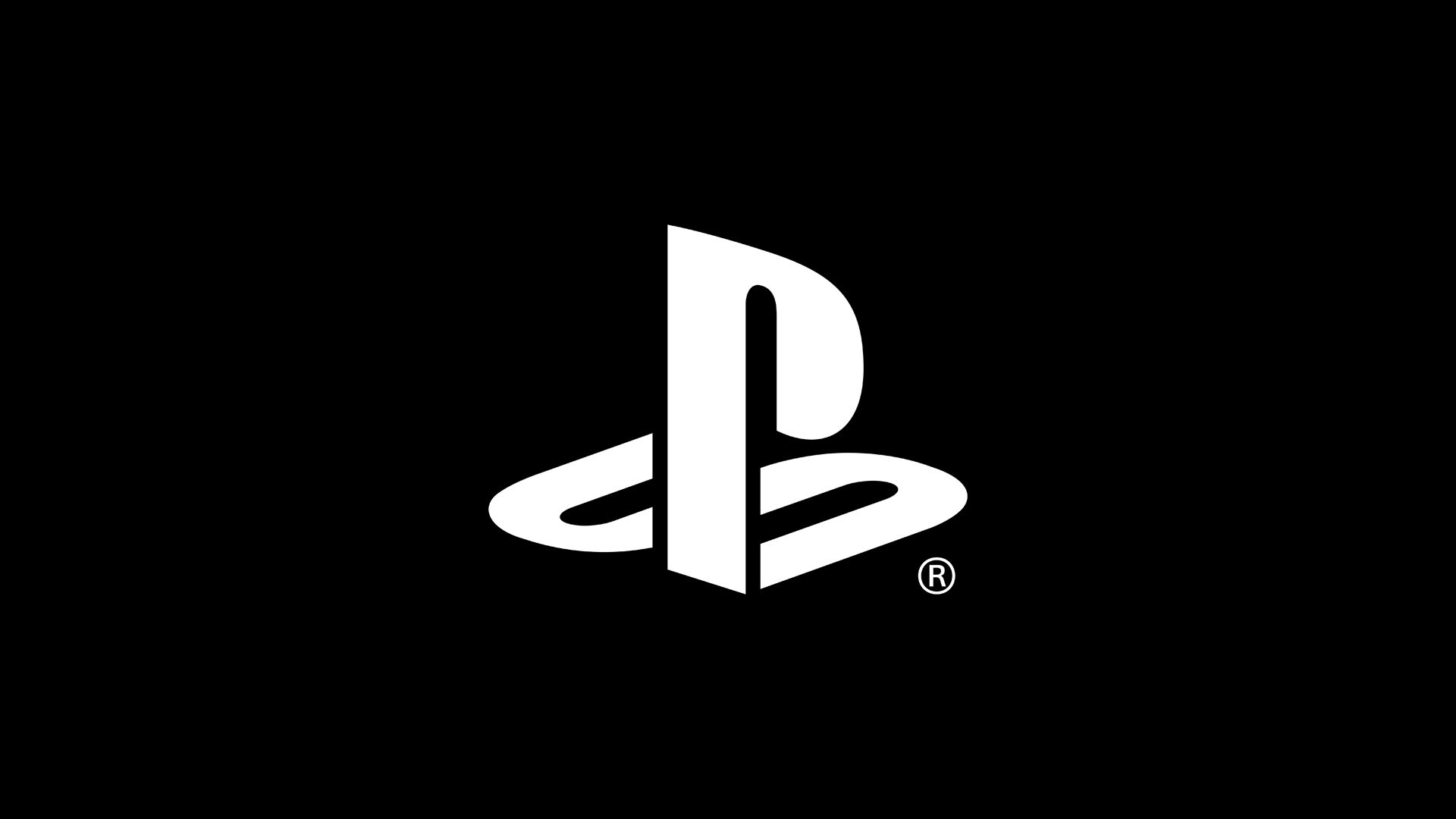If I remember it was in one of FY meetings.
EDIT, you have link about OLED being less profitable down
Shuntaro Furukawa sees big game releases like Pokemon boosting sales

asia.nikkei.com
First, you dont know how exactly big profit was back in 2017. or if shipping by planes also meant they were selling them with profit.
I think that with rise of general Switch costs (parts, production, shipping costs..) and inflation last two years (especially last 6 months), $50 price cut would most likely mean they wouldnt sold hardware at profit.
Also, I didnt said they cant afford not selling Switch hardware at zero or loss, just that they at this point they wouldn't do that (selling hardware without profit).
You are wrong, CAD dollar this years inflation is around 7% until now, while in 2021. was around 3%, so until now this year inflation is more than double compared to last year, normal CAD inflation in past years was around 2-3%.
In any case Sony itself said they rising prices on selected markets due to "global economic environment, including
high inflation rates"
New recommended retail price coming to select markets in the EMEA, APAC, and LATAM regions, plus Canada.

blog.playstation.com
Read the link. It says it’s currently less profitable, but you’re claiming it’s “barely profitable”.
Second, the percentage for the CAD is correct, but check the actual currency value. The CAD was riding pretty high following a low in 2020 and current inflation rates have caused its value to fall back to the same value it had in 2020. Compare its value now to its value in 2020 (when PS5 MSRP would have been determined) and you’ll find it’s near-even:
Find the latest CAD/USD (CADUSD=X) currency exchange rate, plus historical data, charts, relevant news and more

ca.finance.yahoo.com
So again, I don’t buy that the price hike in Canada has anything to do with inflation. But it’s not like Canadians aren’t used to MSRPs inflated
far beyond what they should be to compensate for currency value, we’re squeezed pretty hard on this front. For example, Switch MSRP is CAD$400, a 33% increase in price over the US dollar despite a 25% difference in US-CAD currency value in 2017. Companies are always pricing things here as though the loonie is about to take a major nosedive in value at any given moment.
Oh wow, i see people still completely overestimate the amount of profit Nintendo makes per unit sold as well as the level of which production/shipment costs would have to decline over the years for this to be possible.
Where do you think the production costs saving are coming from that would make a 2022 v2 Switch that much cheaper than a 2017 Switch ? The SoC was relatively cheap back, then which is one of the reason Nintendo went with nVidia to begin with.
When you produce the exact same part with no deviation and do so in high enough volumes, companies achieve an economy of scale where production reaches its most efficient level. This is a well-known phenomenon.
In addition, an SoC die shrink in 2019 made the SoC even cheaper. And then there’s major logistics savings through packaging size and/or weight decreases. I mentioned this all already.
But this idea that costs do not dramatically fall across 5 years is frankly bizarre. And the truth and an example of economies of scale in action is more that readily evidenced by a company that is not shy about profit-making, Apple.
The iPhone 12, from 2 years ago, launched at $799 MSRP. In 2022, it’s now $599. Given the company we’re talking about, is it at all likely that Apple has trimmed its profit margin on this model to sell it as a budget phone? Or is the most likely conclusion is that Apple has found a $200 savings in part costs and preserved their margin per unit as is?
Part costs in electronics often fall as time passes, and often do so in a way that permits price drops or widely expanded profit margins the longer from launch things get. And this is usually achieved through persistent demand for parts causing economies of scale to be achieved.
Who is a TV only Switch for? I ask genuinely, it gets brought up here occasionally by users who presumably want one - why do you?
The most common context I see it is the idea that a TV only Switch - or TV only Drake - might be unbound by the handheld's power/thermal requirements, but as long as they share a chip, that won't be the case*. Is there another reason? Cost?
The Lite is arguably in some ways a better handheld device. It's more durable, it's lighter. Is there a way a TV only device could be better at being a TV console while still sharing the constraints of being built on hybrid internals? The best I can think of is that, without DisplayPort, an ethernet connection to the device doesn't have to share bandwidth with the HDMI data. Anything else? Shipping with a Pro controller?
I don't believe the market for the device exists in a way that makes it profitable to target, but I am curious about what those folks want and what it might offer.
*The Lite actually does get away with this, as it doesn't have to run at docked speeds ever, it can use a small cooling system than the other models.
While I won’t speak about future hardware yet, I’ve seen the possibility of a TV-only Switch as a near-EoL device for the super budget-conscious, like New 2DS, the component-less GameCube, the Wii Mini, the redesigned NES and SNES, the GBMicro… you get the picture.
And yeah, cost is the big benefit. The 4 most expensive components in a camera-less mobile device are the SoC, RAM, screen and power management/battery.
Switch Lite achieves its price point by getting rid of the dock, components necessary for separate Joy-Cons, no Bluetooth, diminished pointer/motion control, smaller display, reduced heat dissipation (as the Lite can never ramp up to the TDP of a docked Switch) and a smaller internal battery, and probably other components that don’t immediately come to mind. That permitted a $100 decrease in MSRP by merely reducing 2 of the 4 most expensive components and removing unnecessary functions for its form factor.
Now imagine taking a Lite, adding a Pro controller (or a new Pro-like controller with a standard 20hr Joy-Con battery to trim costs further), adding back a BT antenna, returning the heat pipe found in the OLED or opting instead for a cheaper heat sink due to no restriction to thinness in the design, totally removing the screen (which is usually the 2nd or 3rd largest part expense in mobile hardware), replacing the battery with a far less costly power supply, less chassis overall… you end up with a pretty small set-top device with 2 of its most expensive parts completely absent rather than just scaled down, along with even more cost-trimming options than the Lite. You’re looking at a device that could potentially hit as low as $100 MSRP, but more likely something like $120.
As pointed out, this opens up Switch to markets that are plagued by high prices due to tariffs (like Brazil) or regions where the vast majority of the population will be more price-sensitive than others.
But beyond that, I'll come to this point:
The Switch has, relatively speaking, been one of the cheaper options on the market even at $300. If a person really wanted a Switch to play on TV, I suspect most haven’t held off because they won’t use the screen. There's probably a market for an even cheaper option, but I think Nintendo would be better off trying to reduce the cost of the base Switch after Drake launches. Perhaps we'll see a $149 Lite and $229 standard in another year or two.
This is absolutely right. I didn't hold off on buying a Switch, even though I played it in handheld mode a tiny handful of times as a novelty. But that's precisely WHY they should do it. At $120, I could easily pick up a TV-only Switch, but
what do you think I'm going to do with the Switch I already have? It's not going to go in the dumpster, it's going to end up in someone else's hands. So even if a TV-only Switch appeals to 10% of consumers who already own a Switch, that means a 10% increase in Switch market share as existing Switches end up in the hands of other people, just as it is with pre-existing consumers buying an OLED and sending their OG Switch into the 2nd-hand market (hand-me-downs, garage sales, etc). Add that to new customers they'll get from an even lower barrier to entry and you've got a justifiable market that could prove more lucrative than the Lite is.
This actually brings me to my last point, that it actually wouldn't have to be an EoL product were it not for the timing of it in Switch's lifespan and could serve these purposes at any time in the lifecycle of the product. I could see a scenario, for example, where a traditionally PS5-only gamer looks at a TV-only Switch 2 launched side-by-side with a hybrid one for a lot less money and goes "what the hell, at that price, I get Nintendo games AND what PS5 offers".
What I'm saying is there's a lot of ways in which a TV-only model, with its inherent cost and MSRP reductions, opens the market up for Nintendo just a tad wider than people give the idea credit for.








